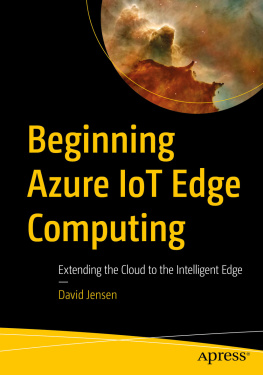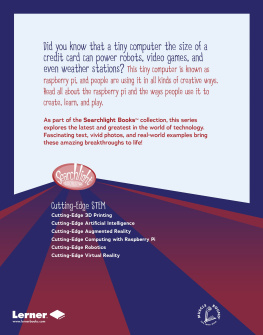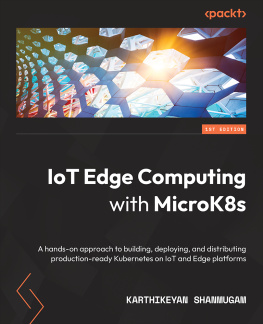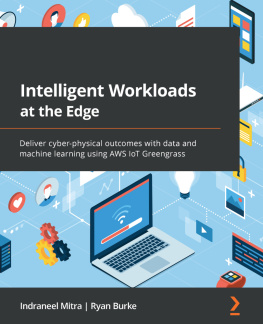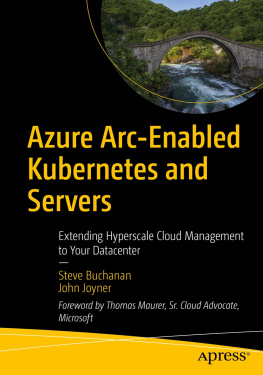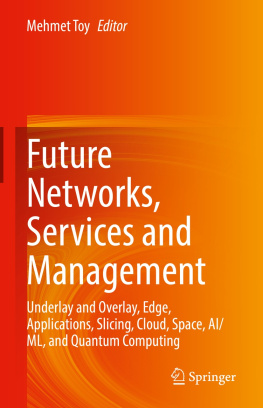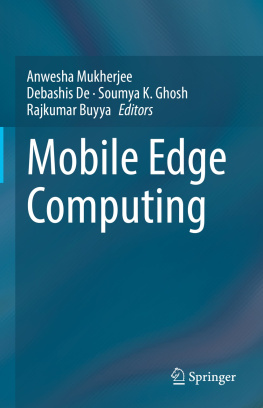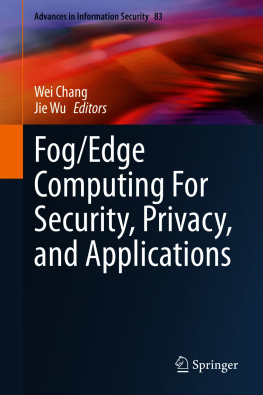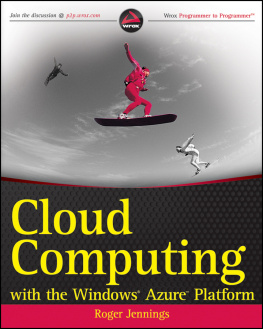David Jensen - Beginning Azure IoT Edge Computing: Extending the Cloud to the Intelligent Edge
Here you can read online David Jensen - Beginning Azure IoT Edge Computing: Extending the Cloud to the Intelligent Edge full text of the book (entire story) in english for free. Download pdf and epub, get meaning, cover and reviews about this ebook. year: 2019, publisher: Apress, genre: Computer. Description of the work, (preface) as well as reviews are available. Best literature library LitArk.com created for fans of good reading and offers a wide selection of genres:
Romance novel
Science fiction
Adventure
Detective
Science
History
Home and family
Prose
Art
Politics
Computer
Non-fiction
Religion
Business
Children
Humor
Choose a favorite category and find really read worthwhile books. Enjoy immersion in the world of imagination, feel the emotions of the characters or learn something new for yourself, make an fascinating discovery.
- Book:Beginning Azure IoT Edge Computing: Extending the Cloud to the Intelligent Edge
- Author:
- Publisher:Apress
- Genre:
- Year:2019
- Rating:3 / 5
- Favourites:Add to favourites
- Your mark:
Beginning Azure IoT Edge Computing: Extending the Cloud to the Intelligent Edge: summary, description and annotation
We offer to read an annotation, description, summary or preface (depends on what the author of the book "Beginning Azure IoT Edge Computing: Extending the Cloud to the Intelligent Edge" wrote himself). If you haven't found the necessary information about the book — write in the comments, we will try to find it.
Use a step-by-step process to create and deploy your first Azure IoT Edge solution.
Modern day developers and architects in todays cloud-focused world must understand when it makes sense to leverage the cloud. Computing on the edge is a new paradigm for most people. The Azure IoT Edge platform uses many existing technologies that may be familiar to developers, but understanding how to leverage those technologies in an edge computing scenario can be challenging.
Beginning Azure IoT Edge Computing demystifies computing on the edge and explains, through concrete examples and exercises, how and when to leverage the power of intelligent edge computing. It introduces the possibilities of intelligent edge computing using the Azure IoT Edge platform, and guides you through hands-on exercises to make edge computing approachable, understandable, and highly useful.
Through user-friendlydiscussion you will not only understand how to build edge solutions, but also when to build them. By explaining some common solution patterns, the decision on when to use the cloud and when to avoid the cloud will become much clearer.
What Youll Learn
- Create and deploy Azure IoT Edge solutions
- Recognize when to leverage the intelligent edge pattern and when to avoid it
- Leverage the available developer tooling to develop and debug IoT Edge solutions
- Know which off-the-shelf edge computing modules are available
- Become familiar with some of the lesser-known device protocols used in conjunction with edge computing
- Understand how to securely deploy and bootstrap an IoT Edge device
- Explore related topics such as containers and secure device provisioning
Who This Book Is For
Developers or architects who want to understand edge computing and when and where to use it. Readers should be familiar with C# or Python and have a high-level understanding of the Azure IoT platform.
David Jensen: author's other books
Who wrote Beginning Azure IoT Edge Computing: Extending the Cloud to the Intelligent Edge? Find out the surname, the name of the author of the book and a list of all author's works by series.

